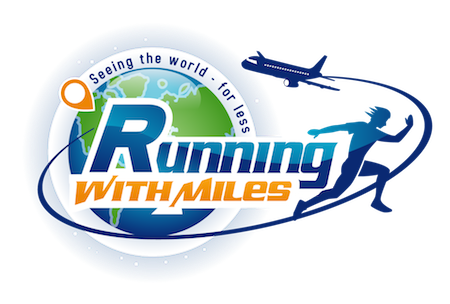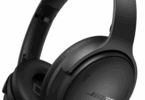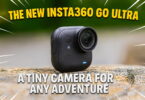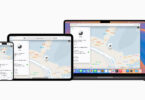The iPhone 13 event is just a couple of weeks away now. For all fans of Apple’s smartphone, this is always a great time of year. Even if you are not interested in upgrading, it is nice to see which features Apple is introducing for their phones. There is one that will not likely be announced this year but could be in future iPhones.
Future iPhones Could Have Satellite Capability
I used to use Android phones (way back in the old days of the Samsung slider phones and then the Motorola sliders) and only switched to iPhone because all my family was in the iMessage world and I had a MacBook. I say that because Android users always dislike how Apple acts like they are announcing new tech when Apple is often a generation of two behind Samsung in introducing certain kinds of tech.
But, Apple could release a new tech feature in the coming years that would be huge for travelers – but also for anyone who finds themselves in an emergency situation. There was a report that the iPhone 13 would have this tech but later reports said it would not come this year.
That technology is satellite capability. There are a couple of reasons this could be huge but it would also be limiting so let’s take a look at that.
Current Satellite Communication Devices
At present, you can buy a satellite phone but they are typically clunky and subscriptions/usage is not cheap. Plus, you are only likely to carry one when you are going to be in no-man’s land. These satellite phones use LEO – low earth orbiting – satellites that allow those signals from the phones to be picked up and relayed into ground based networks.
But, there is a reason that these phones are bulky. The antennas needed for satellite capability are different than the antennas for terrestrial systems. This means that, while Apple can hide the antenna bands in their iPhone bodies, Apple would need to come up with some other kind of system to include the satellite antenna. These antennas are typically like the old time smartphones with a knobby antenna coming from the top and that is very un-Apple. I mean, a notch is about as far as Apple can push the odd-aesthetic with their fans!
The other thing is the chip. There is a Qualcomm chip that will have satellite capability onboard but the mainstream version is not ready just yet. The version that Apple is using could have satellite capability onboard as soon as this year but not have the satellite part activated.
Apple Could Bring it Mainstream – and Cheaper
Yet another part of this is the subscription part with the networks that have these satellites. This is typically a monthly fee and then even that is tiered based on the number of free text messages or minutes users want included. The good thing about Apple bringing this technology to iPhones is that they will be able to leverage their huge user base to make this be very cheap or free, depending on the use.
First Use – Emergency
Let’s get to the use. The latest reports say that the first use case for this technology in iPhones will be that of emergency needs. Users would be able to send an emergency SMS or make a emergency phone call for things like plane crashes, etc. This early stage would not open up the satellite links for regular communications. It would be something reserved for emergencies.
Given the time we live in, this could be a huge help for Apple to bring in more users. If a satellite device is something that people would need (for example, adventurers, explorers, etc), they would have to buy a device and then pay for a subscription just to use it. If Apple is able to bring this tech onboard, these users could buy an iPhone and have one device for everything. However, these satellite devices typically have very good battery life vs an iPhone so someone out in the wild would want backup power.
Second Use – Backup Communications Network
For future iterations of the technology, Apple could allow it to be used when 4g/5g signals are not possible. This is the part that could be great for travelers (provided Apple opens it worldwide as the first run at it could be limited to certain countries). If you are traveling in some places of a foreign country where there is no cellular capability, having access to satellites could be a huge help and make people feel more comfortable in their travels.
Third Use – Apple’s Own Satellite System?
Lastly, there is even some rumors that Apple is thinking about launching their own satellites. This could eventually allow Apple to control the entire experience – the hardware, the software, and the communications network. For a company like Apple, this is obviously a goal that is something they would want. They like having their control over parts of the entire system so this would just help that out.
I can’t wait for this chip to come to laptops! I use my iPad Pro with cellular capability whenever I am traveling but with the new M1 chip that provides stellar battery life combined with a body that could easily have the necessary satellite antennas inside, it would be awesome to have a satellite-connected MacBook!
But, we are getting a bit ahead of ourselves. 🙂 For now, any travelers that want good communications with their iPhones while traveler, Google Fi is still an awesome way to go.
Source: MacRumors








